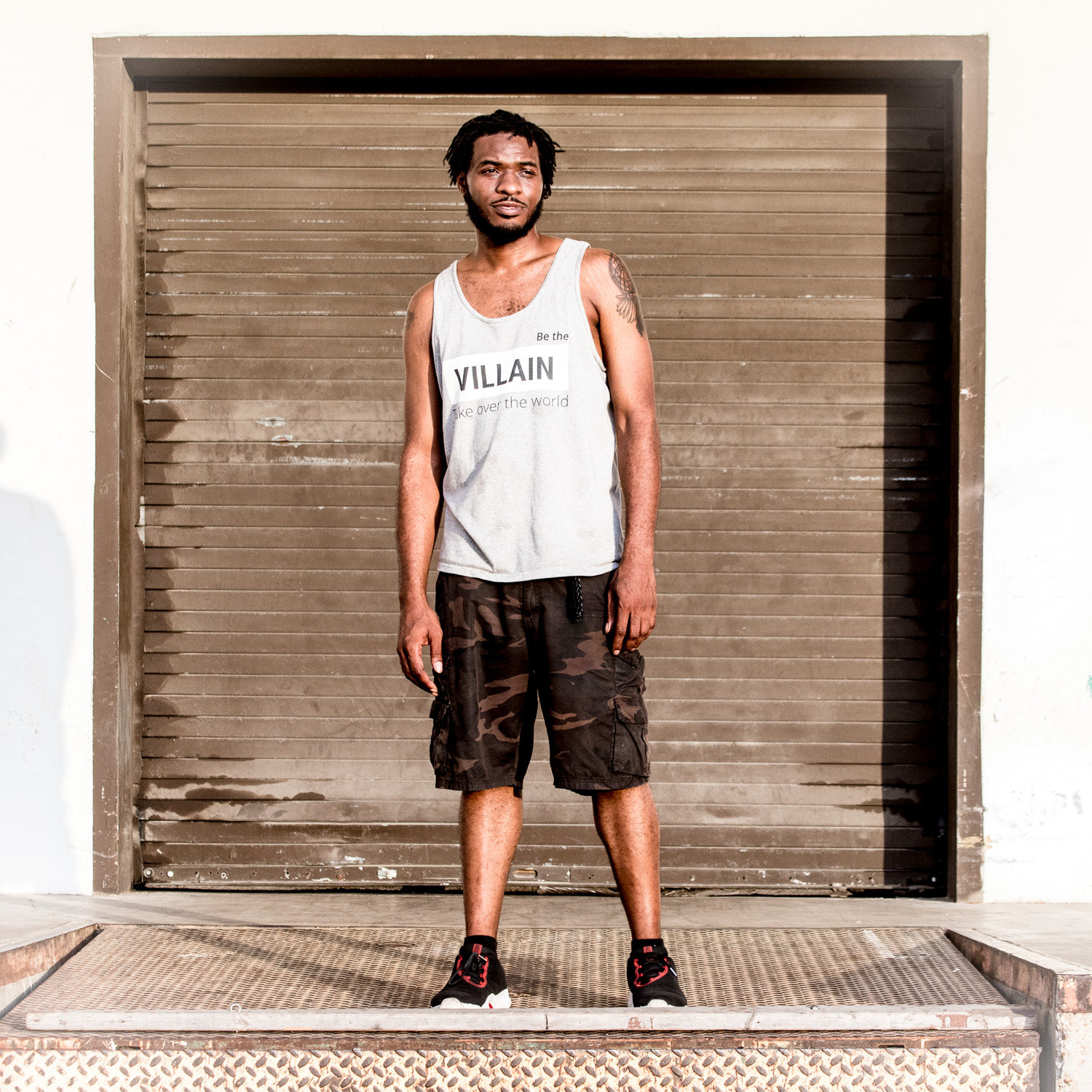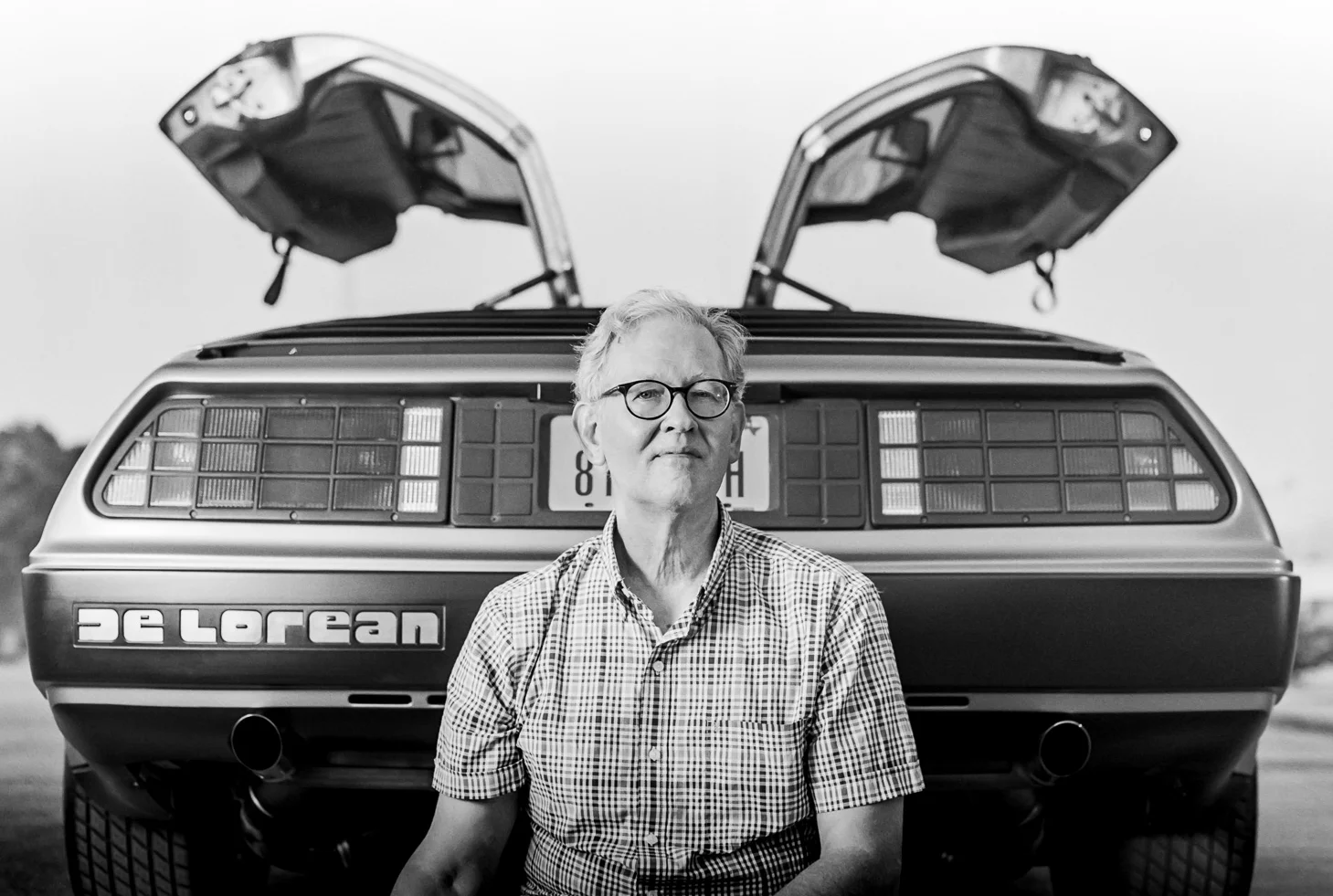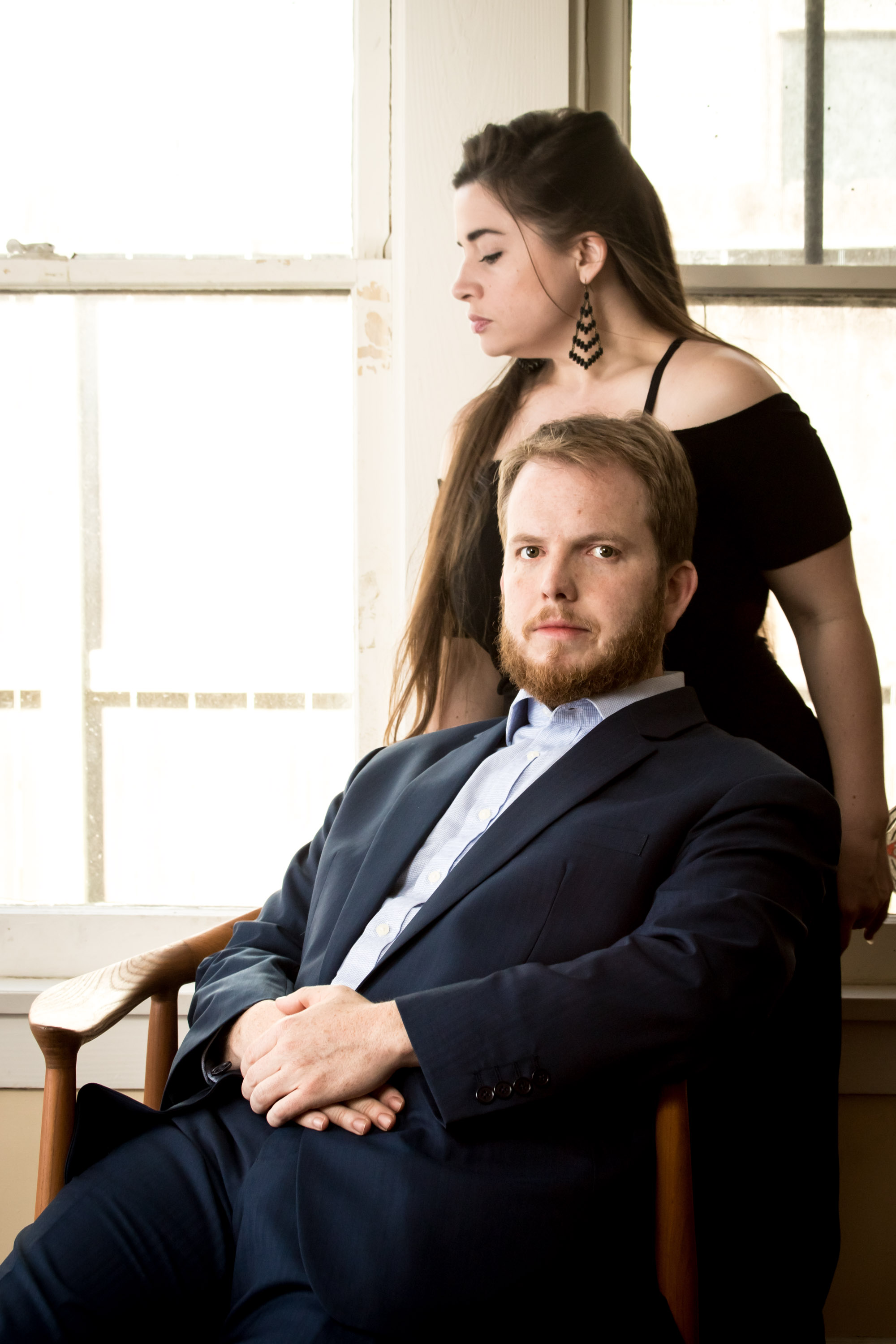When it comes to travel photography, the first day at a location can be overwhelming. It takes time to dig beneath the postcard pictures and cliches to reveal a unique perspective through the camera. I think the best images come with an extended stay or repeat visits.
This summer I planned a brief trip to Italy to see the sights of Rome and drive to spend a day in my dad's hometown of Biccari, near the city of Foggia. It is a nested hill-town in Puglia surrounded by open fields and ruins of ancient fortifications.
Unwisely, due to the time restraints of the trip, my wife and I only spent one day there. It was brief, but we were blessed by a series of wonderful events. I carried some photographs of my dad from when he was a boy to help locate one of the houses he grew up in. In my other had was a Leica M3 loaded with HP5 so I could add new memories to the collection.
Halfway down the first street we explored, we stumbled into what looked like the house in the picture. Formerly a dwelling and blacksmith's shop, the building is now a butcher's run by Onofrio Moccia with his wife.
The Moccias made us feel at home. Onofrio took us under his wing to show us around town and find the locations I had only seen in the photographs I was holding. A war memorial, the cathedral in the center of the town, the convent and cemetery on the hill, the lake in the forest beyond the town.
We met people who knew my dad's family and told stories about my grandparents who I'd never met because they died before I was born. While we had coffee in a shop, every person who dropped in spent time looking at the old images and were able to recall memories of the people and places they saw.
So this brings me back to the photographs I took. Overwhelmed by a new place and the excitement of sharing stories with new people, the new photographs barely scratch the surface of how beautiful the town is, or give a sense of the emotions of the visit. I'm eager to return and soak up the character of Biccari. One day isn't enough, even for a picturesque small town.

























